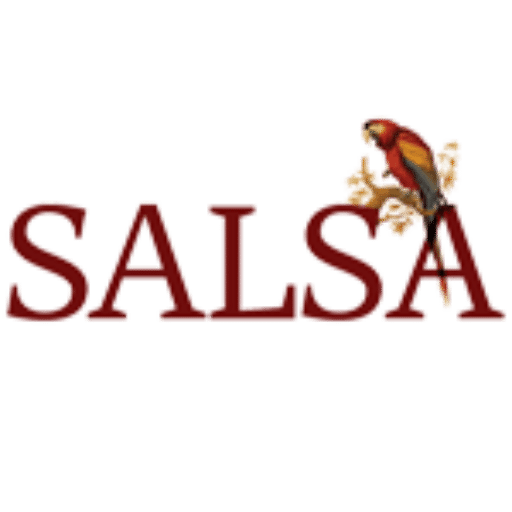
AMERINDIAN SOCIO-COSMOLOGIES, by Ernst Halbmayer (2020)
 Amerindian Socio-Cosmologies between the Andes, Amazonia and Mesoamerica:Toward an Anthropological Understanding of the Isthmo–Colombian Area
Amerindian Socio-Cosmologies between the Andes, Amazonia and Mesoamerica:Toward an Anthropological Understanding of the Isthmo–Colombian Area
Edited by Ernst Halbmayer
Routledge, 2020
Amerindian Socio-Cosmologies between the Andes, Amazonia and Mesoamerica offers a new anthropological understanding of the socio-cosmological and ontological characteristics of the Isthmo–Colombian Area, beyond established theories for Amazonia, the Andes and Mesoamerica.
It focuses on a core region that has been largely neglected by comparative anthropology in recent decades. Centering on relations between Chibchan groups and their neighbors, the contributions consider prevailing socio-cosmological principles and their relationship to Amazonian animism and Mesoamerican and Andean analogism. Classical notions of area homogeneity are reconsidered and the book formulates an overarching proposal for how to make sense of the heterogeneity of the region’s indigenous groups. Drawing on original fieldwork and comparative analysis, the volume provides a valuable anthropological addition to archaeological and linguistic knowledge of the Isthmo・Colombian Area.
[expand title=”Table of Contents” tag=”h2″]
PART I The Isthmo–Colombian Area in context
Introduction: toward an anthropological understanding of the area between the Andes, Mesoamerica, and the Amazon. Ernst Halbmayer
PART II Conceptualizing the Isthmo–Colombian Area from a regional comparative perspective
An Amerindian humanism: order and transformation in Chibchan universes. Juan Camilo Nino Vargas
Languages of the Isthmo–Colombian Area and its southeastern borderland: Chibchan, Chocoan, Yukpa, and Wayuunaiki. Matthias Pache, Sergio Meira, and Colette Grinevald
Kinship, clanship, and hierarchy in the Isthmo–Colombian Area. Ernst Halbmayer
Between Mesoamerica, the Central Andes, and Amazonia: area conceptions, chronologies, and history. Christiane Clados and Ernst Halbmayer
The golden ones: the human body as reflective metallic surface in the Isthmo–Colombian Area. Christiane Clados
PART III Case studies: change and continuity in shamanic and priestly practices and the conception of things, humans, plants, and animals
Parents who own lives: relations and persons among the I’ku, a Chibchan group in Colombia. Jose Arenas Gomez
Tuwancha, “the One Who Knows”: specialists and specialized knowledge in transhuman communication among the Sokorpa Yukpa of the Serranía del Perijá, Colombia. Anne Goletz
The Wounaan haaihí jëeu nʌm ritual with the k’ugwiu: reinforcing benevolence and preventing calamity. Chindio Pena Ismare, Julia Velasquez Runk, Rito Ismare Pena, and Chenier Carpio Opua
Things, life, and humans in Guna Yala (Panama): talking about molagana and nudsugana inside and outside Guna society. Monica Martinez Mauri
Plant ontologies among the Bribri of Talamanca, Costa Rica. Schabnam Kaviany
The place of livestock in human-non-human relationship among the Wayuu. Alessandro Mancuso
13 Murderous spirits: shamanic interpretation of armed violence, suicide, and exhumation in the economy of death of the Emberá (Chocó, Antioquia, Colombia. Anne-Marie Losonczy
[/expand]
About the Editor
Ernst Halbmayer is Professor of Social and Cultural Anthropology at the Institute for Comparative Cultural Research, University of Marburg, Germany.

